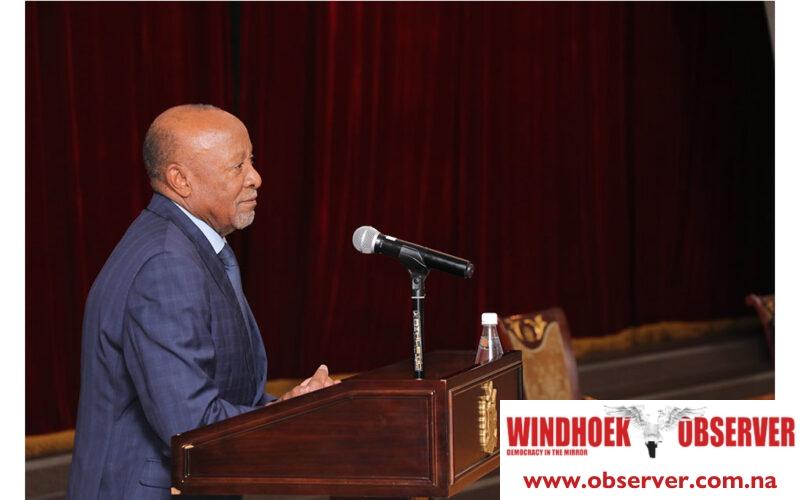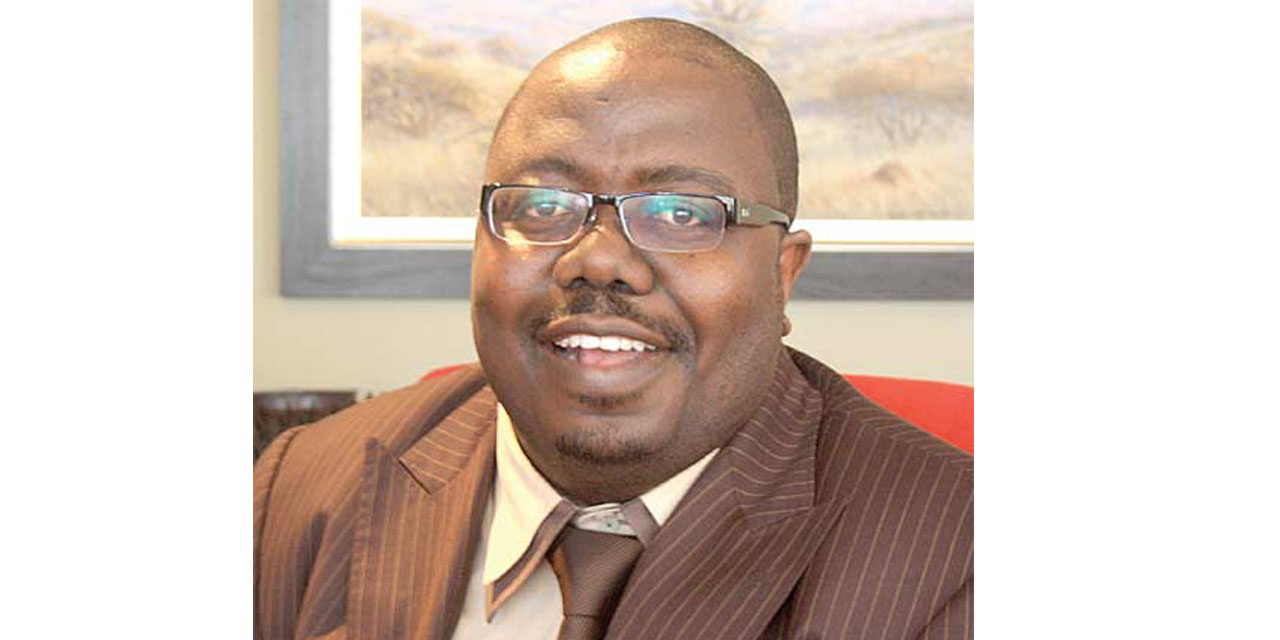Niël Terblanché
On the first day of March every year, Namibians mark the 30th anniversary of Walvis Bay’s reintegration into the country.
A key figure behind this momentous occasion was Dr Nangolo Mbumba, Namibia’s fourth president.
His instrumental role in the successful return of Walvis Bay, along with twelve small offshore islands, to Namibian sovereignty is a testament to his dedication and diplomatic acumen.
Walvis Bay, Namibia’s principal port and a critical economic hub, was integrated into Namibia between February 28 and March 1, 1994, a few years after the country declared its independence from South African rule on March 21, 1990.
This reintegration marked a significant milestone in Namibia’s post-independence era, symbolizing the country’s complete territorial sovereignty and the culmination of a long-fought struggle for national unity.
Historically, Walvis Bay’s status has been a contentious issue dating back to colonial times.
Initially annexed by the British in 1878, it was later integrated into the Union of South Africa, a British Dominion, in 1910.
Despite Namibia’s independence in 1990, Walvis Bay remained under South African control, which was a lingering remnant of colonial division and a point of contention in the newly independent Namibia’s efforts to consolidate its territory.
Mbumba, who at the time, served as the Chief Executive Officer (CEO) of the Walvis Bay Joint Administrative Authority (JAA) from 1992, played a crucial role in navigating the complex diplomatic negotiations necessary for the enclave’s reintegration.
The JAA, a temporary body formed by South Africa and Namibia, was tasked with managing the transition of Walvis Bay and its associated islands back to Namibia.
Mbumba, alongside Ambassador Carl von Hirschberg from South Africa, faced numerous challenges and disagreements during this period.
Their negotiations were marked by intense diplomatic efforts to overcome the legacy of colonialism and apartheid that had long divided the region.
The islands included in the reintegration Hollamsbird, Mercury, Ichaboe, Seal, Penguin, Halifax, Long, Possession, Albatross, Pomona, Plumpudding, and Sinclair, each hold their unique significance to Namibia’s maritime sovereignty.
The return of the islands, along with Walvis Bay, was a critical step in securing Namibia’s economic and territorial integrity.
Mbumba’s leadership and dedication to the cause of national unity were pivotal in overcoming the obstacles that stood in the way of Walvis Bay’s return.
His work with the JAA and the successful negotiations with South African authorities highlight a significant chapter in Namibia’s history that also reiterated the importance of diplomacy and steadfast resolve in achieving national goals.
Although the moment will not be officially celebrated, because of the death of President Hage Geingob at the beginning of February, the actions of yesteryear still serve as a reminder of the ongoing struggle for nation-building and the importance of safeguarding the gains made since independence.




